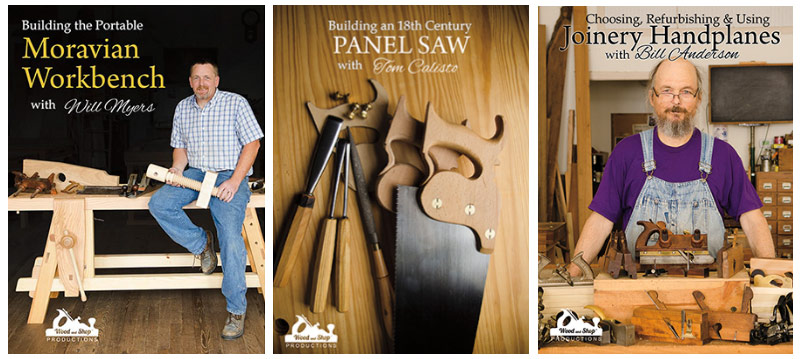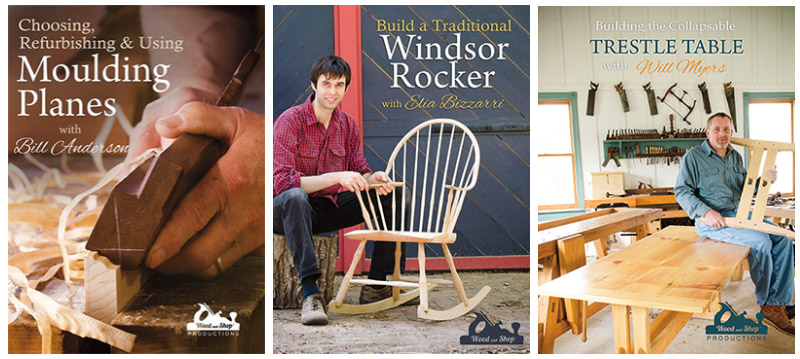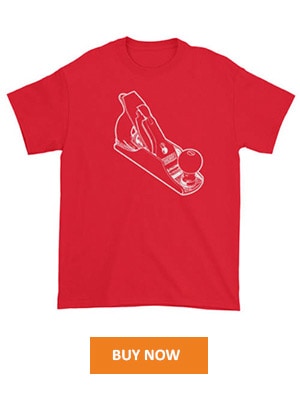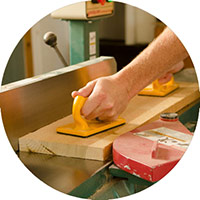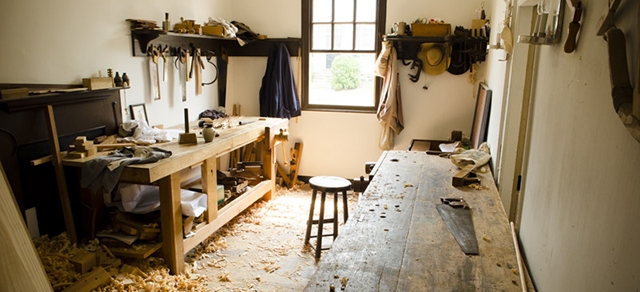How to Choose Hand Saws for Wood Working
Which Hand Saw for wood working do you need for getting started? Joshua talks about the Best Woodworking Bow Saw, Hand Saw, Back Saw, Dovetail saw, Tenon Saw, and more (Part 3/3)
![]() By Joshua Farnsworth | Updated Mar 01, 2022
By Joshua Farnsworth | Updated Mar 01, 2022
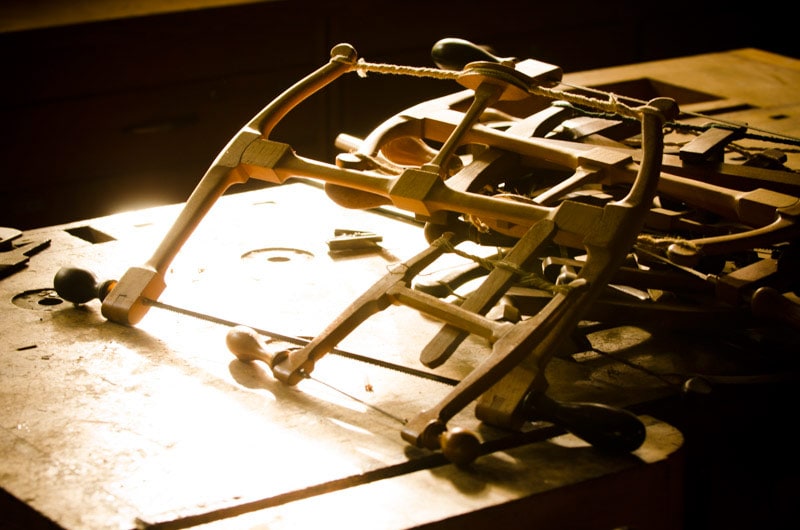
How to Choose Hand Saws for Wood Working

Which Hand Saw for wood working do you need for getting started? Joshua talks about the Best Woodworking Bow Saw, Hand Saw, Back Saw, Dovetail saw, Tenon Saw, and more (Part 3/3)
![]() By Joshua Farnsworth | Updated Mar 01, 2022
By Joshua Farnsworth | Updated Mar 01, 2022
Disclosure: WoodAndShop.com is supported by its audience. When you purchase through certain links on our site, we may earn a small affiliate commission, at no cost to you. Learn more.
Buy or Make a Coping Saw

The next hand saw for wood working that I’ll cover is a coping saw. A coping saw is a small frame saw that stretches coping saw blades between a metal frame to make curved cuts. I use a coping hand saw all the time, especially for cutting out the waste in dovetail joints. But because it’s not a precision tool, I’m not yet sold on spending $150+ for one, like some of my friends have (like this one). In fact, I haven’t spent $75, $50, or even $25. The most I’ve spent is about $19 on a coping saw. Is it amazing? No. But I haven’t tried any other amazing coping saw. Maybe the $100 coping saw works better? Maybe I’ll try it one day and someone can convince me otherwise. But I may just eat crow one day and see the value in an expensive coping saw. But not today. I only really use a coping saw for imprecise waste-removing cuts.
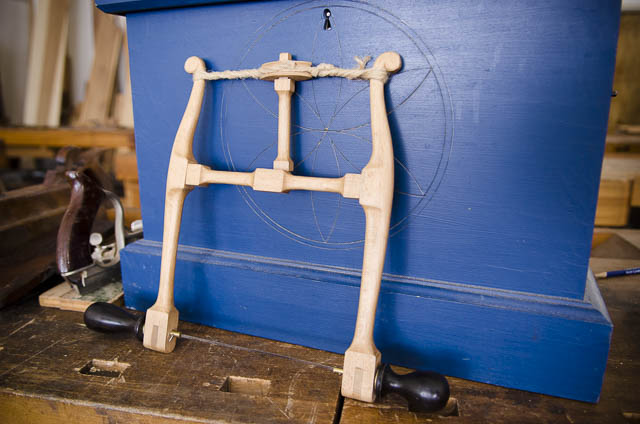
However, if you do want a very attractive coping saw, then you can use the same Howarth Bow Saw tutorial video (see preview above) and just scale it down to a coping saw size (the video comes with resources & plans).
BTW, buying an inexpensive coping saws like this on Amazon are great starter saws for kids, as it’s harder for them to seriously injure themselves. And the same inexpensive coping saw will work just fine for you.
Like with any coping saw, just make sure you have plenty of replacement coping saw blades (also called “webs”) on hand because coping saw blades tend to easily bend, kink, and break fairly easily. These are my favorite coping saw blades.
B. Semi-Urgent Hand Saws (Buy these next)
This list of semi-urgent hand saws reflects my experience getting started out. You may encounter the need for some of these early on, depending on the projects you want to build.
Buy or Make a Bow Saw
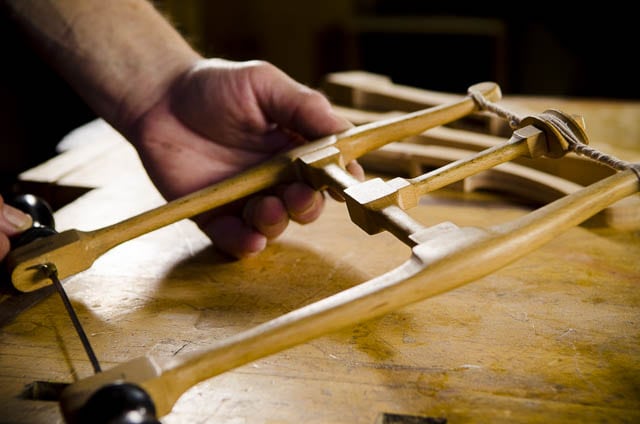
The next hand saw for wood working that I recommend is a frame saw called a bow saw. A bow saw is like the big brother to the smaller coping saw. Both are great at cutting curves, but a bow saw can also cut straight lines with a larger blade. A bow saw is a good traditional alternative to a power band saw for those who want to go totally “unplugged”.
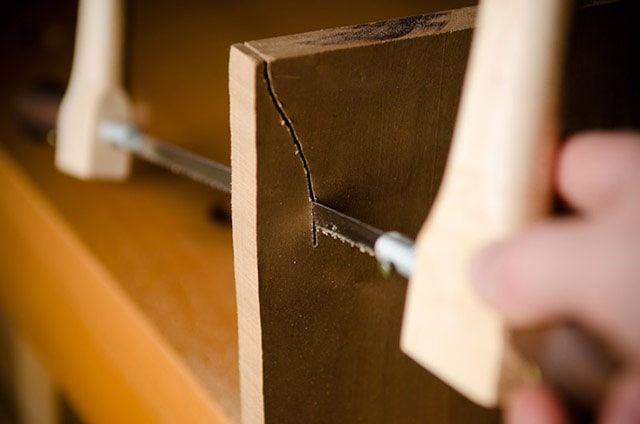
So how do you use a bow saw? You simply tension the top string by twisting a stick, and it makes the saw tight and rigid. Hold onto the handle and turn the saw where you want to go. Just make sure you loosen the tension the string when you’re finished.
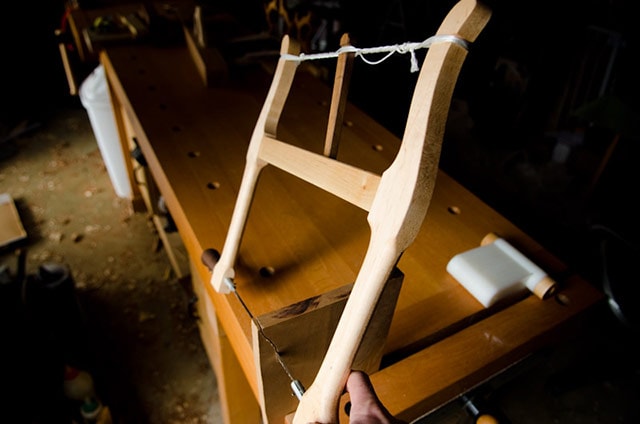
Historically European joiners and furniture makers used bow saws with large “webs” (blades) for rough ripping and cross cutting boards, in place of British and American panel hand saws, but I prefer to use the bendable hand saw (as mentioned above) because I don’t have a frame getting in the way of large boards. But I love a bow saw for cutting curves, and I like to use a smaller, more maneuverable web (blade) on my bow saws.
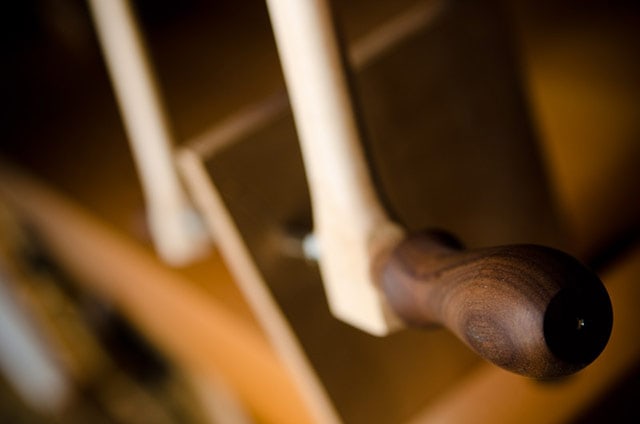
I recommend that you look for a medium sized bow saw, between 12-inches and 14-inches in size. If you’re purchasing a bow saw, look for comfortable handles. Also, the pin technology is important. The best bow saws have tapered pins in the handles, which help keep the handle from getting loose and rotating during your cutting. Unfortunately most modern bow saws use cheaper straight pins. If you want one of the best bow saws possible, and you like the idea of making your own saw, then you should look into purchasing the very detailed DVD or Digital Download: “Building the Historical Howarth Bow Saw with Bill Anderson” (buy it here). Here’s a preview of the video:
The video teaches all the techniques in a way that even beginner hand tool woodworkers can build this bow saw. Bill also sells tapered brass pins that he designed based off of the historical saw that the video studies.
If you don’t have the time to make your own bow saw, eBay has some nice antique bow saws. You can also check out Jim Bode’s website for bow saws, or go to a tool swap at a local chapter of the Mid West Tool Collector’s Association. Try to find one with tapered pins if possible, but it’s not vital. There are also some people making pretty nice newer bow saws. But I haven’t seen any with tapered pins. Just make sure you buy something that looks like the saws above, and not a large buck saw (for cutting fire wood):
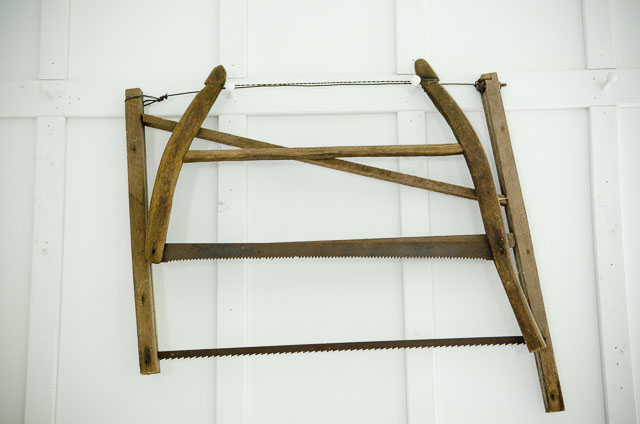
People selling bow saws on eBay don’t know the difference, so they’ll usually call mix up the names.
Buy a Large Bow Saw
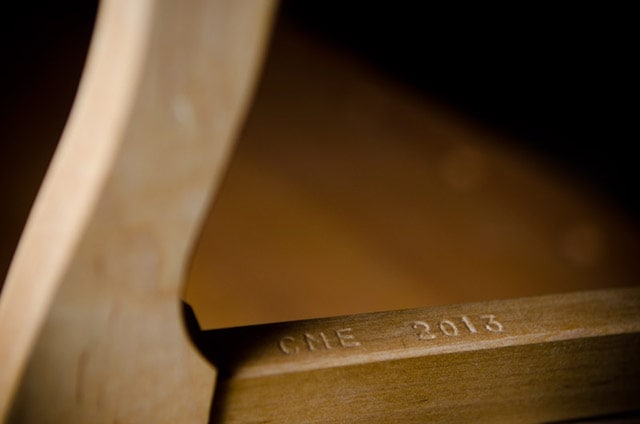
Read my section above on medium size bow saws (12-14 inch) to learn more about bow saws and to see buying options. A larger bow saw (18-inches to 20-inches) will allow you to fit the saw’s frame around larger pieces of wood. If you want to do your big ripping or crosscutting with a bow saw, then for a large saw like this, you can use a larger blade, or web. You can find find some decent large 18-inch or 20-inch bow saws here:
Buy a Compass Saw
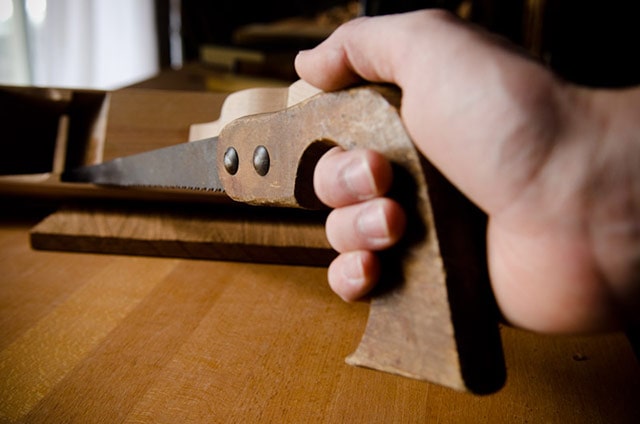
A compass saw is a really great hand saw for cutting a shape out of the inside of a board through a pre-drilled hole. I’ve also discovered that when building a historic style jointer hand plane I actually used the compass saw for trimming inside the hand plane’s bed. If you find one for cheap, then go ahead and buy it, but I wouldn’t go out of your way to purchase a compass saw until you have a project where you actually need it. The upside is that they are not really collector’s tools, so you should be able to purchase a descent compass saw for a few dollars. And a new compass saw can be found even easier than an antique compass saw. In case you do need one now, you can check some vintage and new compass saws out:
C. Non-Urgent Hand Saws (Buy as needed)
Below is a list of some non-urgent specialty hand saws. You may find that you eventually need these hand saws, but you also may not. You definitely don’t need them for getting started in traditional woodworking with hand tools.
Continue to the Chisel Buying Guide (#5)
TOOL GUIDE SHORTCUTS:
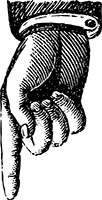
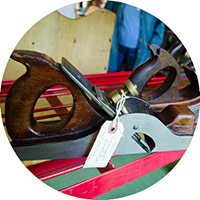
HAND TOOL BUYER’S GUIDES
- Intro to Buying Woodworking Hand Tools
- Workbench & Tool Storage
- Layout, Marking, & Measuring Tools
- Handplanes
- Handsaws
- Chisels
- Sharpening & Honing Supplies
- Mallets & Hammers
- Hand Drills, Braces, & Bits
- Tools for Curved Work
- Tools for Green Woodworking
- Woodworking Clamps, Gluing & Fasteners
- Tools for Wood Carving
- Products for Wood Finishing, Sanding & Scraping
- Wood Turning Tools & Lathes


